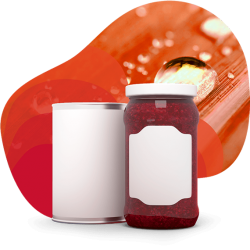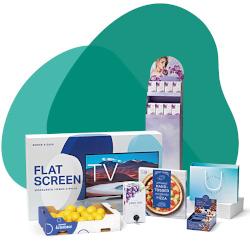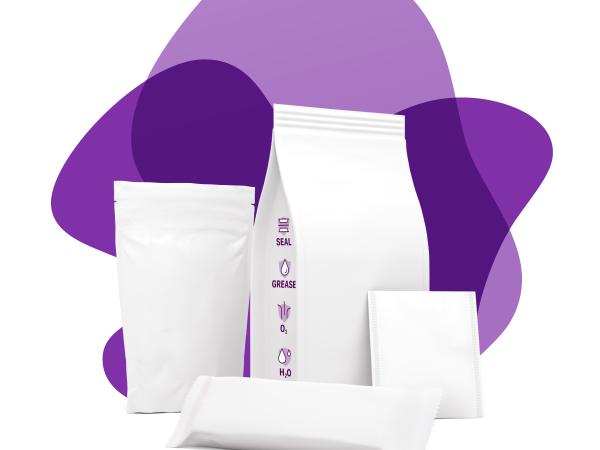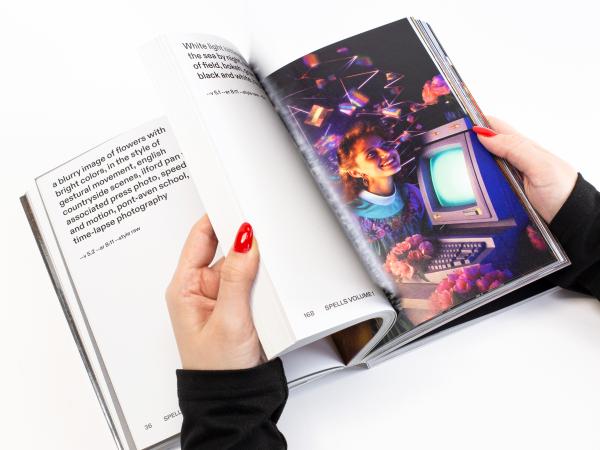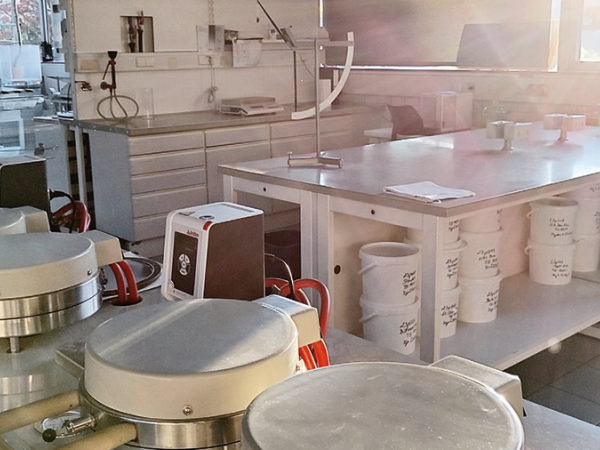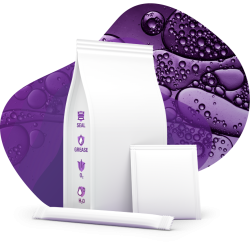
Ten trends that will shape paperboard packaging of the future

At Sappi we do not only regard ourselves as manufacturers of premium paperboards such as the well known Algro Design SBB range, but also as solution providers for converter, brand owners and designers. In our everyday work we see paperboard being constantly adjusted and adapted to face new challanges. Our expert Didem Tekbas has identified ten trends which are bound to have a substantial impact on the development of paperboard based packaging.
1. Economy
In the development of paperboard based packaging, aspects of economy will increasingly take center stage. One goal, for example, is to minimize costs by using less material and reducing weight. More and more, economy and ecology are not perceived as opposites, but as factors that mutually reinforce each other. Resource-saving production will ultimately also result in financial sustainability and a TCO approach (total cost of ownership), looking throughout the entire manufacturing performance, taking the lead over isolated price driven decision patterns.
2. High innovation pressure
Paperboard based packaging will experience an innovation boost over the next few years. Three innovation drivers contribute to this trend:
- Manufacturers of premium products place great importance on creating forgery-proof products, to which end they also use the packaging as verification of originality, through both visible and invisible elements.
- The trend towards personalized products also requires personalized packaging – for instance when consumers order products with individualized design features, resulting in a brand experience more tailored to the individual.
- Smart solutions, like multi functional packaging or the incorporation of internet connectivity applications that enhance brand experience, create multi channel communication opportunities for the brand owner allowing them to provide additional information to the consumer. This then leaves conventional packaging solutions for more environmentally friendly innovations, integrating several functions in fewer conversion steps..
3. Legal regulations

Whether you are looking at food safety or environmental aspects – lawmakers will exert even greater influence on the markets in the future. The more organic processing of foodstuffs and the reduction of CO2 emissions will also have tangible effects on the packaging industry. The popularity of paperboard as packaging material will increase, because the use of plastic and aluminum is more and more frowned upon by the consumer, too.
4. Demographic change
While households are getting smaller and the population is growing older, we will live to see the development of paperboard based packaging that is easier to open and more convenient, thanks to new functions. The percentage of single- occupancy households is already growing today, especially in the cities. No doubt, this will lead to smaller packaging sizes in the future to complement the new demographic.
5. Haptik

While in the past paperboard based packaging was only used to protect and transport goods, today more and more companies are discovering its value as a brand messenger. In addition to the visual aspect, the way the packaging feels is also becoming increasingly important. Shape and surface properties are purposefully used to convey product qualities and brand values in an emotional way, to enforce brand messages and create additional consumer attraction and loyalty.
6. Finishings
This trend is closely related to the tendency toward an ever more sophisticated feel of the surface: after all, it is predominantly finishing options, such as various forms of embossing, foiling, varnishing and punching, as well as different colors, which can be employed to achieve a unique interactive experience by way of touch. No matter which finishing technique you choose – what is most important is that the consumer perceives the surface as authentic. Premium paperboard such as Algro Design from Sappi offers the basis for a first-rate finishing experience.
7. Multiplying the possibilities while staying consistent in the total marketing approach
As a result of the use of premium substrates and courage in design, more and more surface options become feasible. This also opens up the possibility to equip packaging surfaces with an ever greater gamut of emotions. An additional option is, deliberately used reduction: for example, sometimes an uncoated surface may be ideal if the brand wants to emphasize its product's natural quality. Yet, regardless of whether its a single, double or uncoated surface, the total visual consistency in brightness and shade plays a vital role in staying consistent within the entire marketing communication, which ultimately makes it easier for consumers to relate to "their master-brand" as well as its sub-options created, for example, for line extensions.
8. Digitalization
Digitalization places entirely new requirements on paperboard packaging. Many packaging concepts already communicate with the prospective buyer's smartphone. When paperboard is used as secondary packaging of digital products, it frequently provides the function to of intuitively explaining the product and its accessories during the unpacking process. The challenge for the designer is to see the paperboard as an elementary part of the user experience. The next step in the development of this concept will be the integration of multiple communication channels; combining paperboard with digital media and electronics
9. Sustainability

In the future, when creating packaging solutions it will be simply mandatory to place the focus on such aspects as recyclability, compostability, and multiple usability. Since more and more consumers pay attention to a brand manufacturer's ecological image, characteristics like ecological footprints are becoming an integral part of the brand philosophy. In this context paperboard based packaging is an indispensable brand ambassador, because it can serve as simple and transparent proof of the manufacturer's commitment to sustainability.
10. Making the supply chains more flexible
Consumers expect an ever larger product range and at the same time virtually immediate availability – anywhere in the world. Consequently, not only the supply chains but also the packaging units become more flexible, because some shipments contain larger and some smaller quantities. At the same time it is critical for paperboard based packaging to be reliable along the entire logistics chain – an appealing challenge for packaging designers.
Didem Tekbas, Brand Owner Manager for Paperboard, Packaging & Speciality Papers for multinational and global brand manufacturers, has been with Sappi Europe for 15 years. She advises brand manufacturers on how to efficiently stand out from the competition in today's business world and create something special for their target group. She assists brand manufacturers in the selection of efficient and suitable fibre-based materials for packaging as well as graphics applications.

